VW is celebrating the 50th anniversary of one of the brand’s most iconic models, the Golf, which has sold over 37 million units since its launch. This means, in purely mathematical terms, that over 2000 people worldwide have chosen to buy a new Golf every day for the past 50 years.
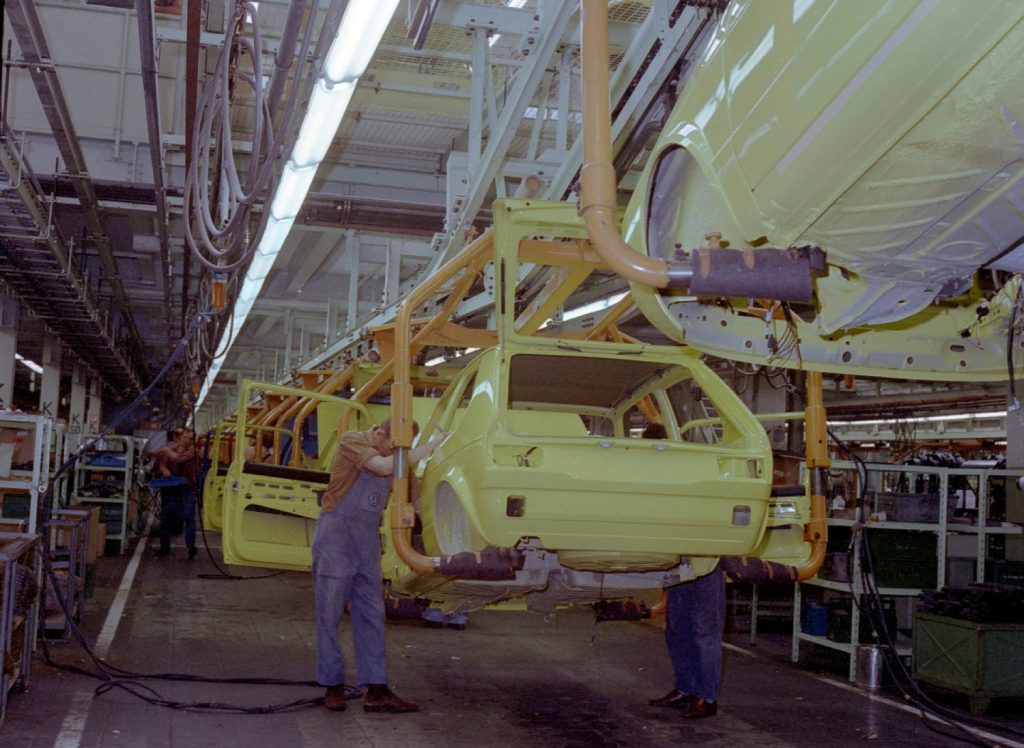
On March 29, 1974, VW began series production of the Golf in Wolfsburg. On that March day, no one knew that this compact car – the successor to the legendary Beetle – would become the biggest success of the German brand and the best-selling European car of all time. The model reflected the spirit of the time, gave its name to the segment, and has accompanied generations of people worldwide.
The first units of the new Golf were seen in dealerships in July 1974. While the Beetle and, consequently, rear engines had dominated the scene for many decades, a new era finally began: that of the front-mounted transverse engine. VW had already started this transition shortly before with the Scirocco and the Passat. With the Golf, the highest-volume sales segment also began to use this new technology.
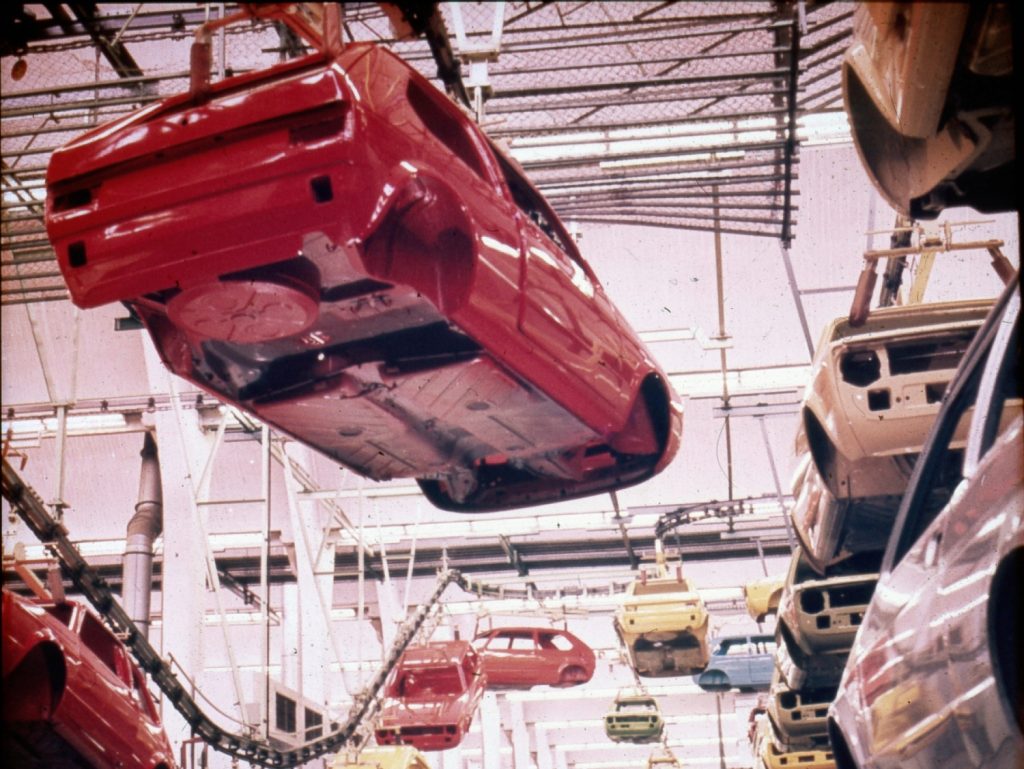
As the successor to the legendary Beetle, of which over 21.5 million units were produced, the Golf developed by Giorgio Giugiaro and VW Design had to live up to the high expectations to continue the success story of the most successful car of all time up to that point. And it did so in every aspect, as by October 1976, the Golf had already reached the milestone of one million units sold.
Golf I – A reflection of progress
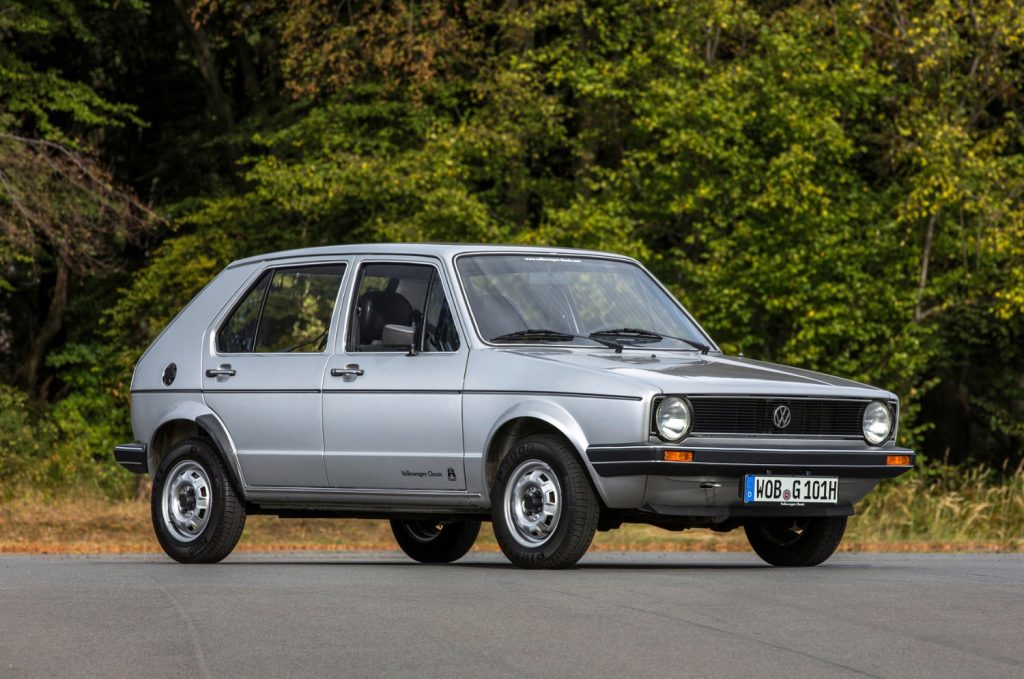
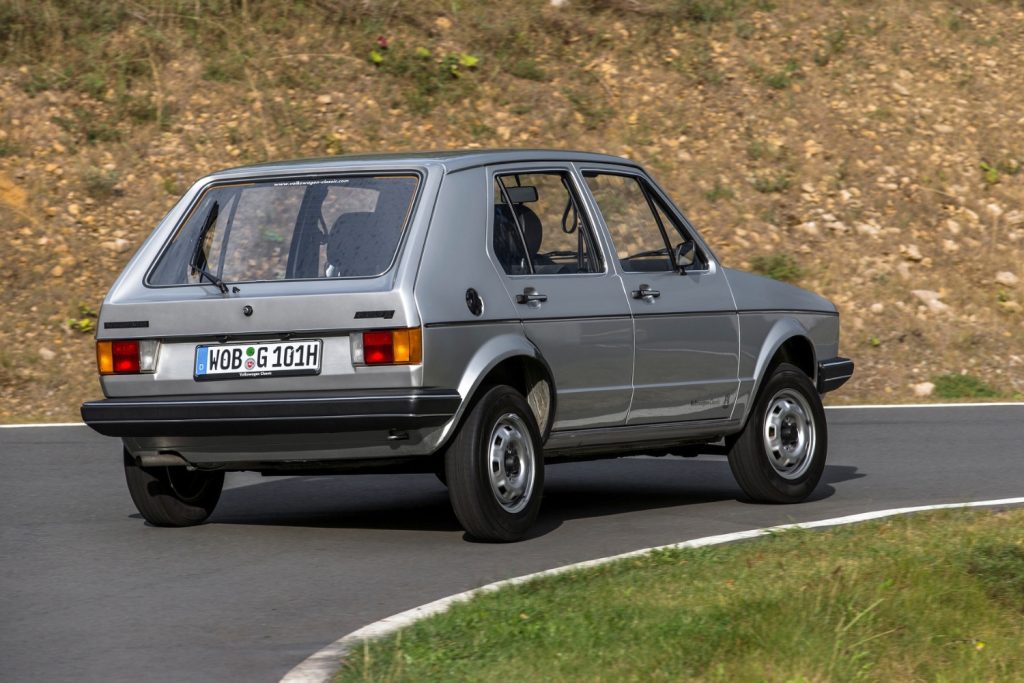
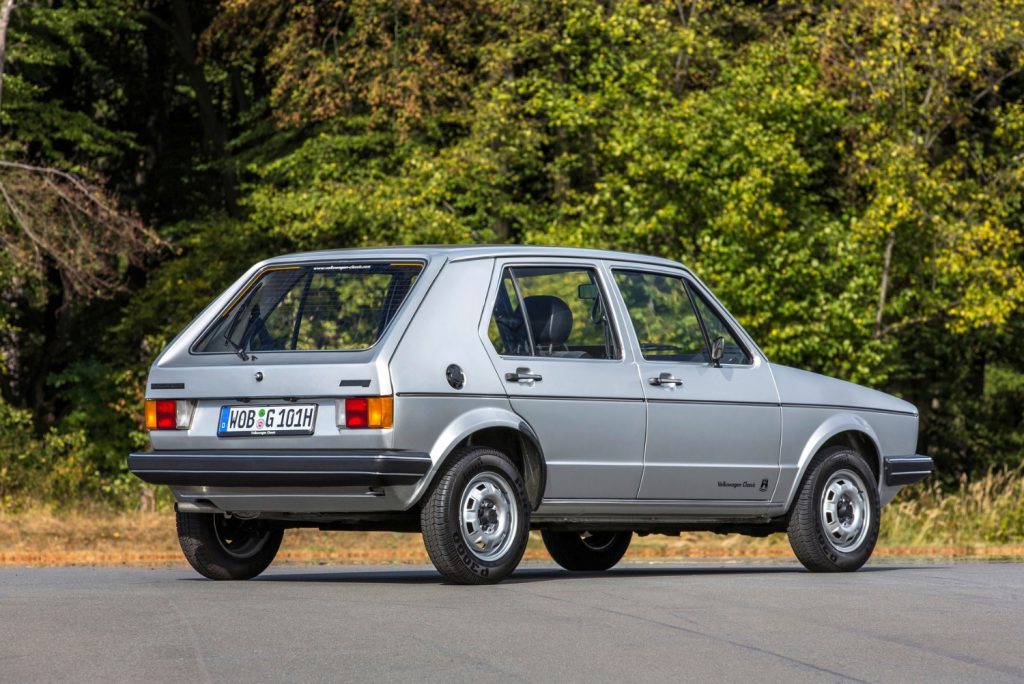

The first generation of the Golf, like the others, was a reflection of cutting-edge technology and trends in the automotive sector. And this applies not only to the clever use of interior space for the time and the front-wheel drive of the vehicle. With the first Golf GTI (1976), VW began the dynamic facet and the more sporty side of the compact segment, while the Golf D (1976) and Golf GTD (1982) ensured the evolution of diesel engines in the segment. In 1979, VW launched the Golf Cabriolet, which was for some time the best-selling convertible in the world. It was like a breath of fresh air for the segment, which was already known as the Golf segment at the time. Until 1983, 6.9 million units of the first generation of the Golf were sold, including all its derivatives, on all continents – the Golf I thus proved to be a worthy successor to the Beetle.
Golf II – The historic milestone

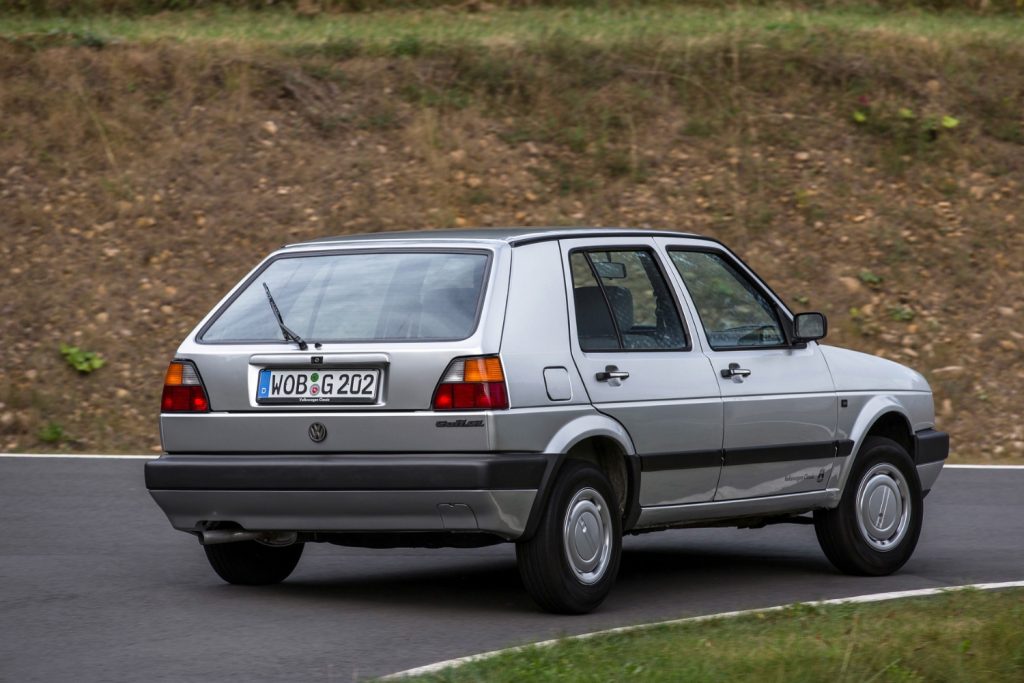
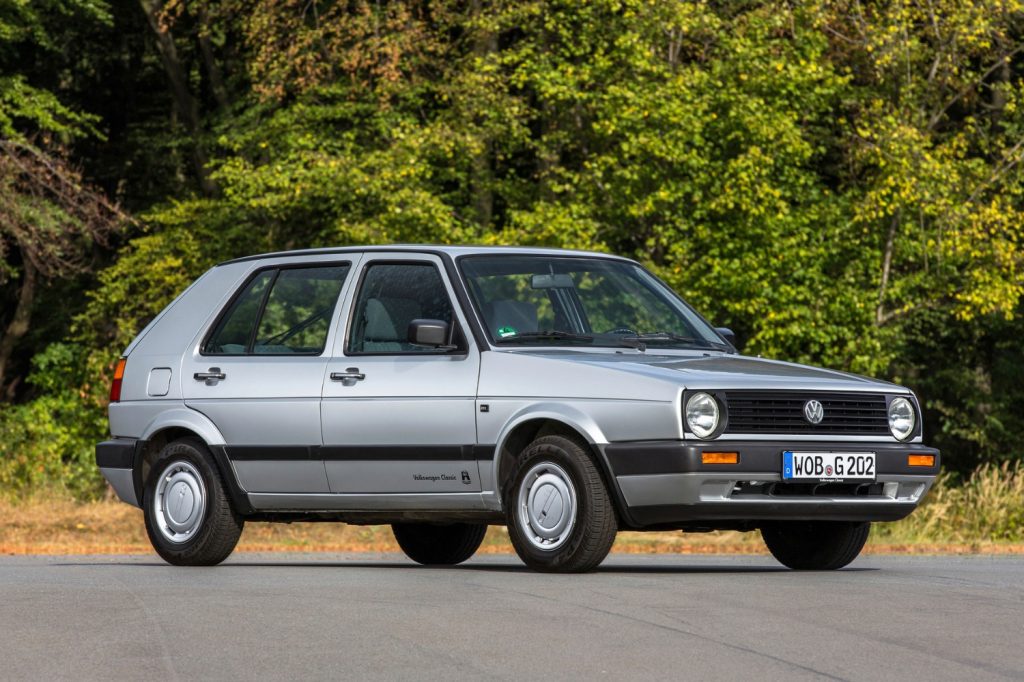
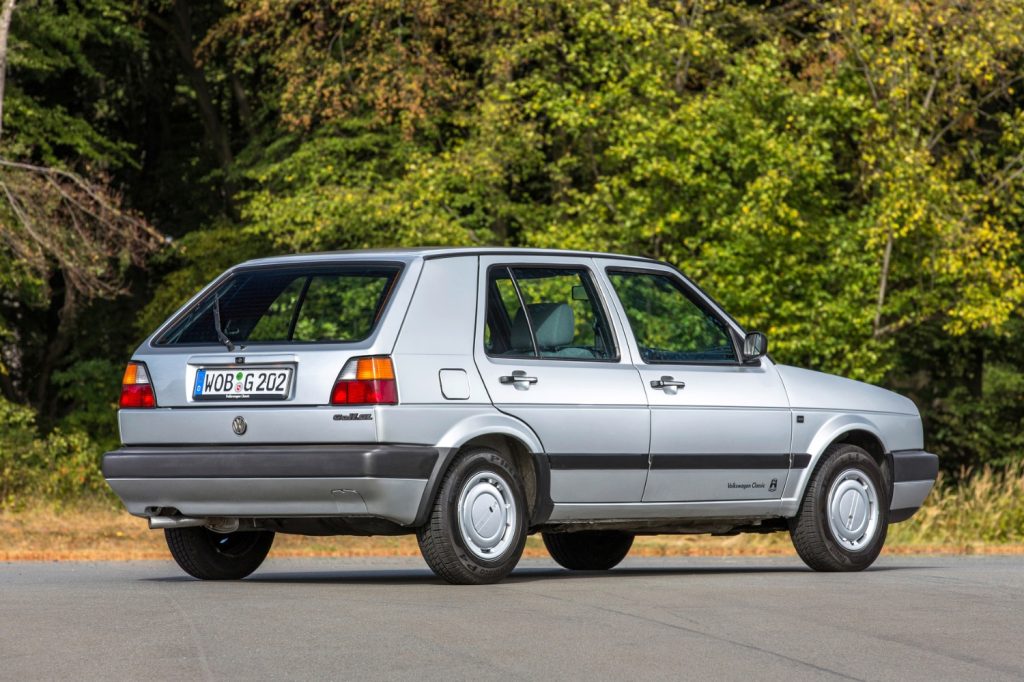
The current Design Director of Volkswagen, Andreas Mindt, summarizes the most important moment in Golf’s history: “It was the transition from Golf I to Golf II. The then Design Director of Volkswagen, Herbert Schäfer, did everything right. He modernized the second generation of Golf while maintaining the DNA of the first. This bridge is extremely important for the model’s history. The Golf has always remained an evolution of the original model. That’s what makes the Golf special, and the credit goes to Herbert Schäfer.” Technologies like the catalytic converter, ABS, and all-wheel drive made their debut in the Golf II. In total, 6.3 million Golf II models were manufactured between 1983 and 1991.
Golf III – Safety first

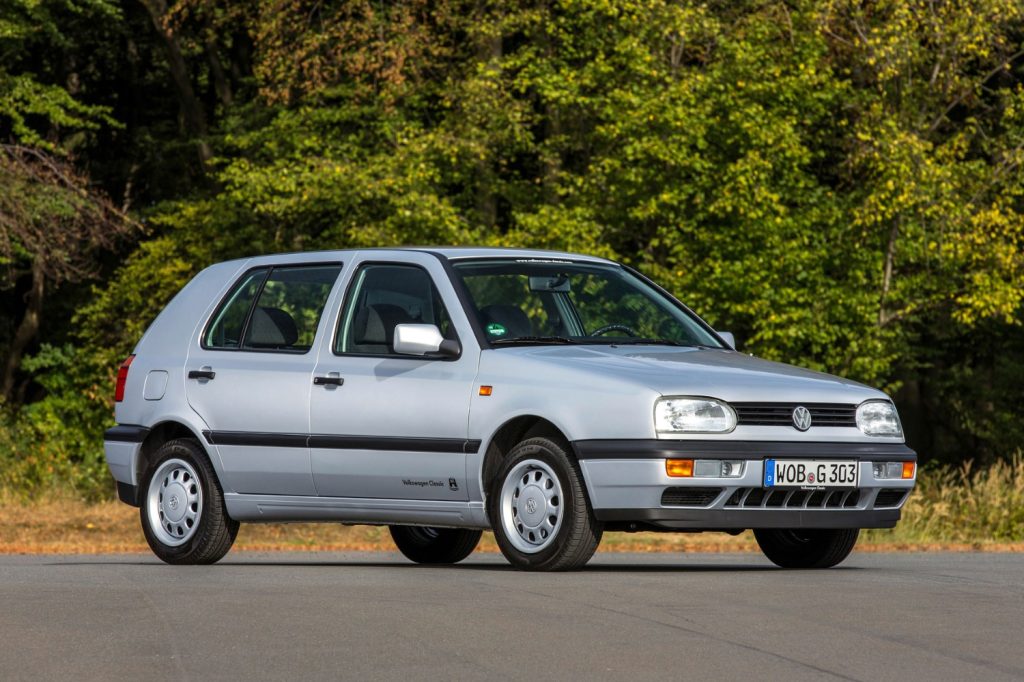

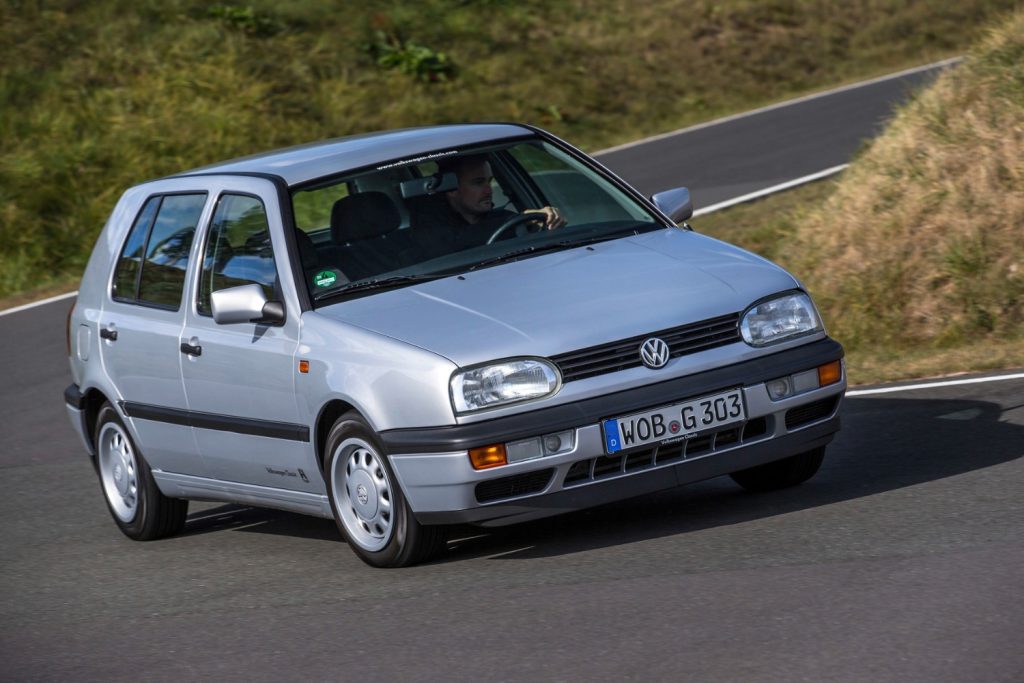
Starting in August 1991, Volkswagen began a new era of safety with the Golf III. This was the first model in the product line to include front airbags from 1992, with significant progress in body design adding to improvements in occupant protection in collision situations. Some of the other milestones in the model’s history are associated with the Golf III, of which 4.8 million units were manufactured by 1997: for example, the first six-cylinder engine (VR6), the cruise control system, and the first side airbags. For the first time, the Golf was available in wagon format.
Golf IV – The style icon
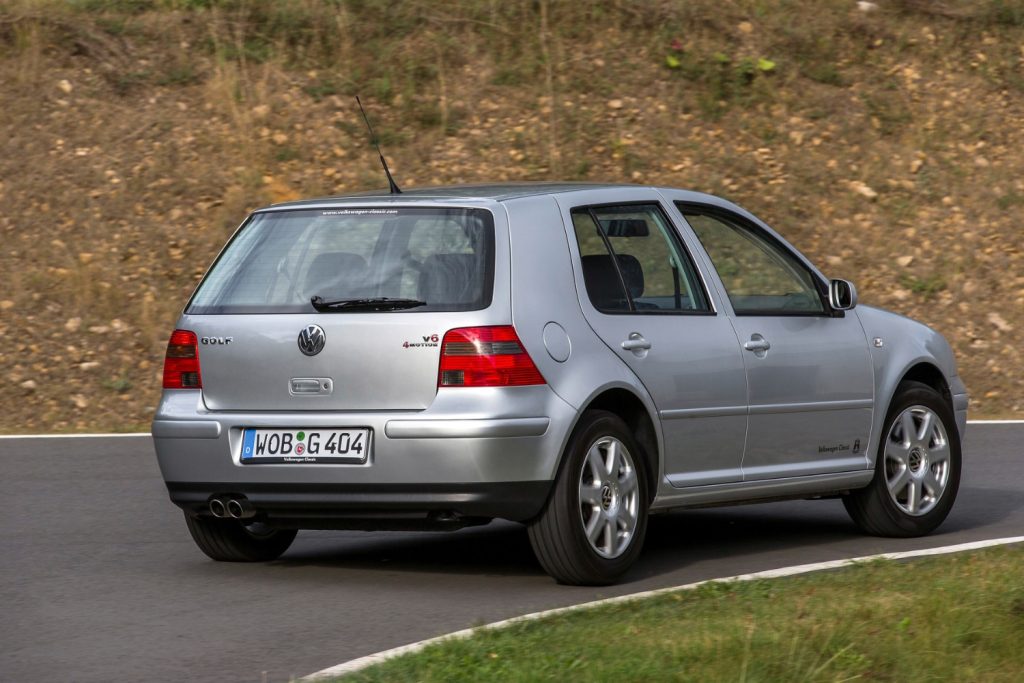
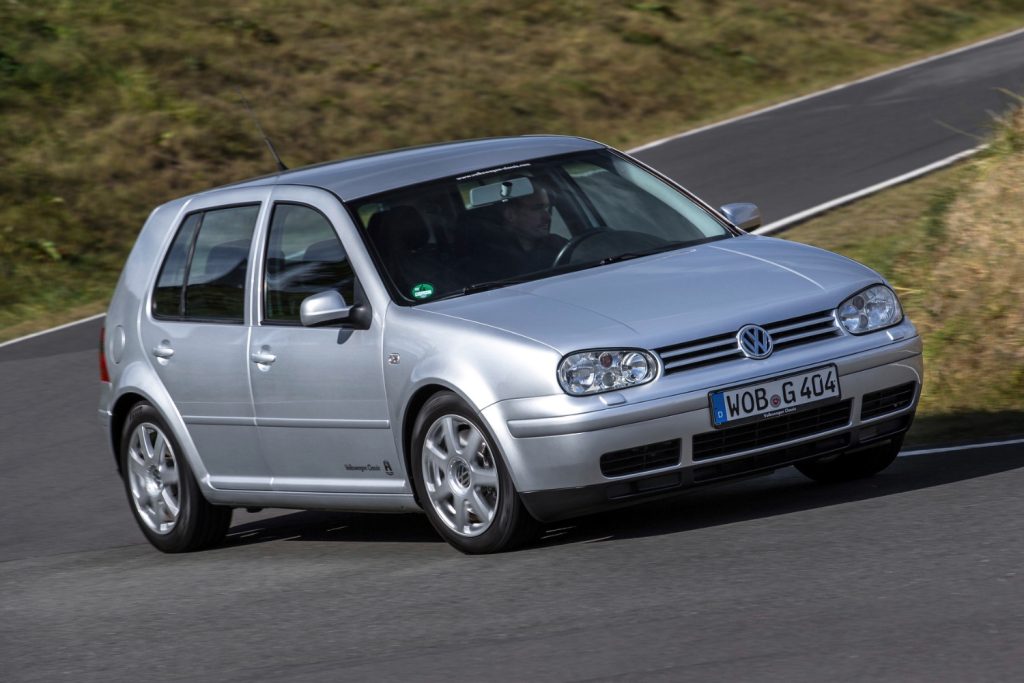
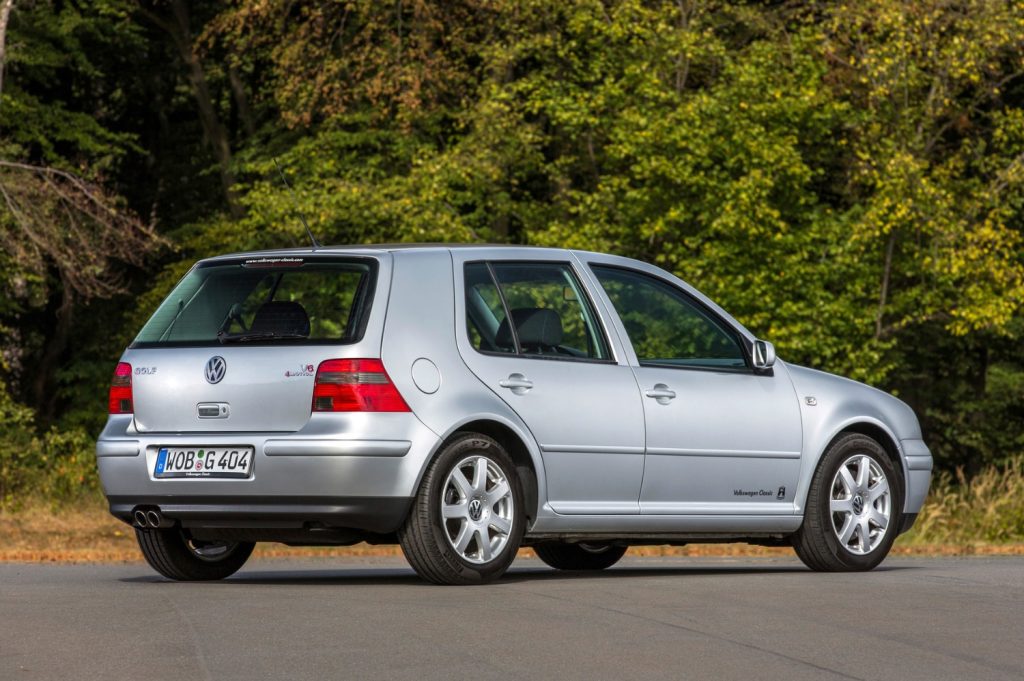
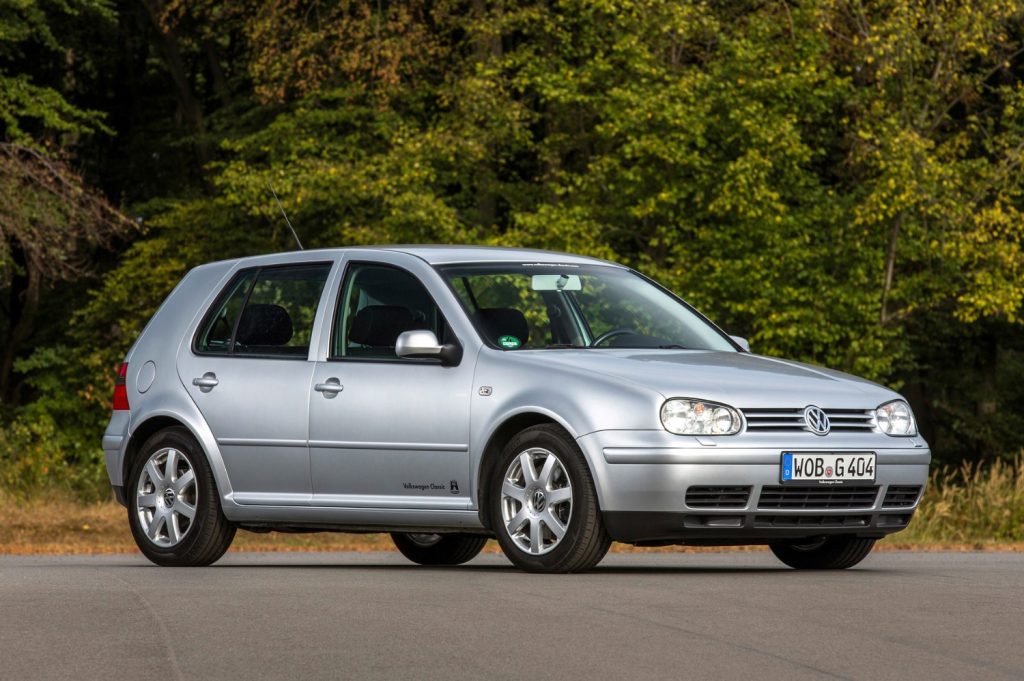
Presented in 1997, the Golf IV is now considered a design icon – undoubtedly also due to the fact that it filled the gap left by the 1974 Golf I, presenting a striking design of the C pillar. With the Golf IV, Volkswagen set a new quality standard for the segment. At the same time, the debut of ESP helped make safety more accessible to the masses. In 2002, Volkswagen also introduced the most sporty Golf to date, based on the fourth generation: the R32 with a top speed of 250 km/h. In 2003, this was the first Volkswagen to receive a dual-clutch gearbox (DSG). The Golf IV was replaced in the same year, after 4.9 million units were produced.
Golf V – Pushing the boundaries of the segment
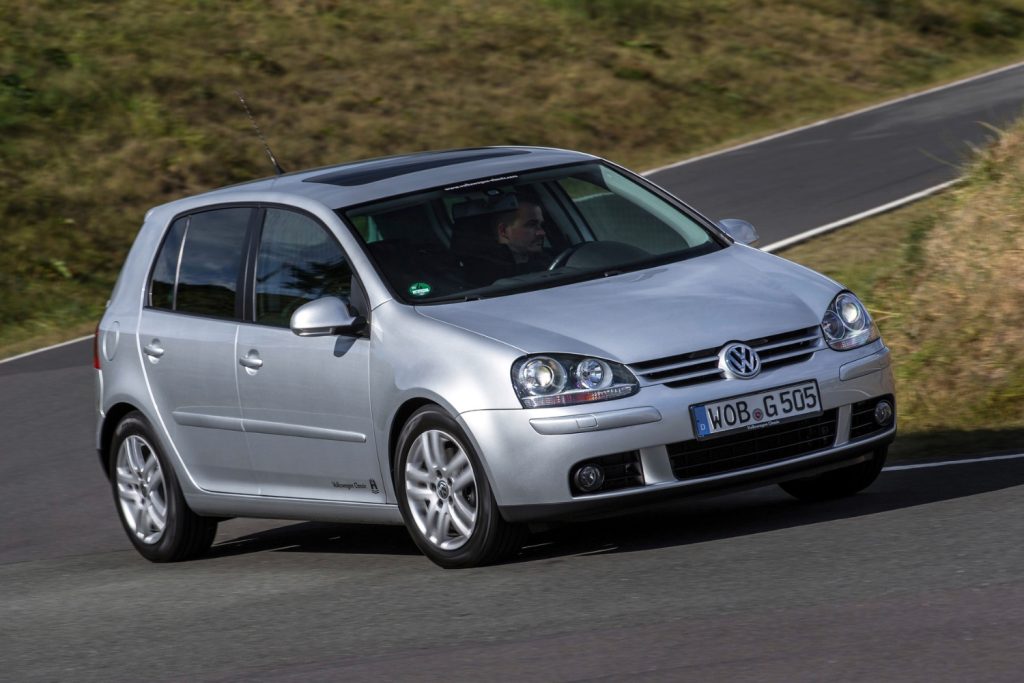
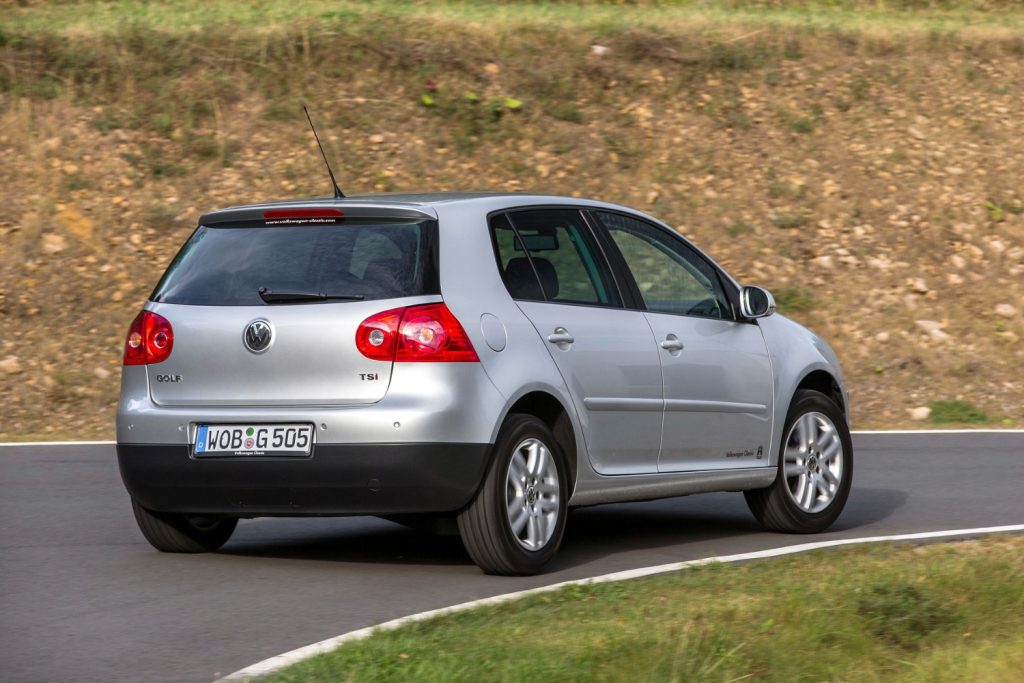
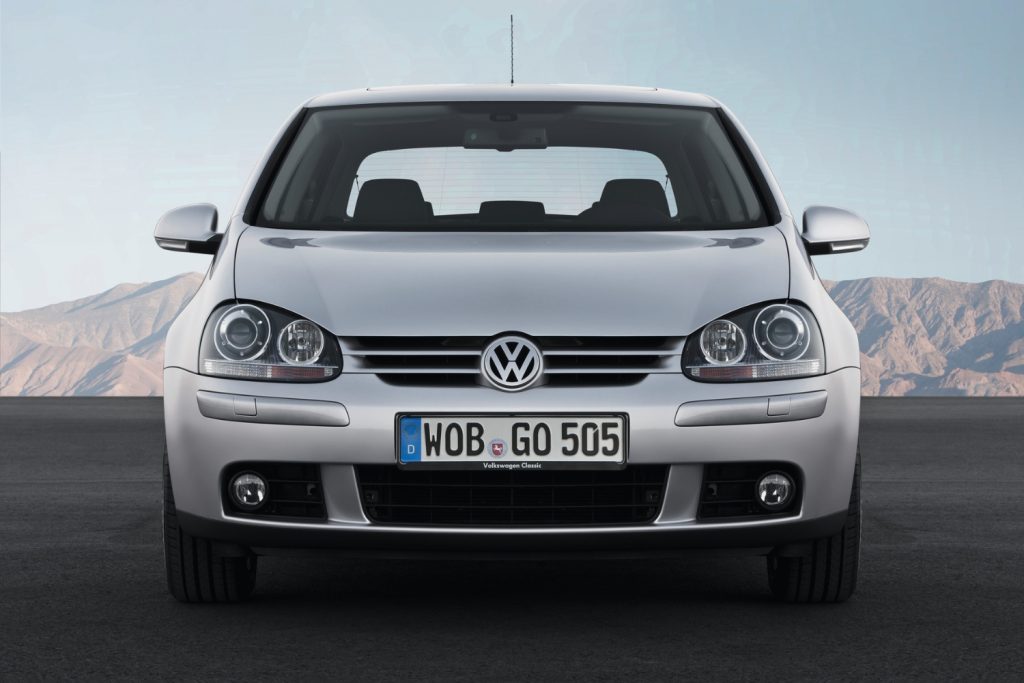
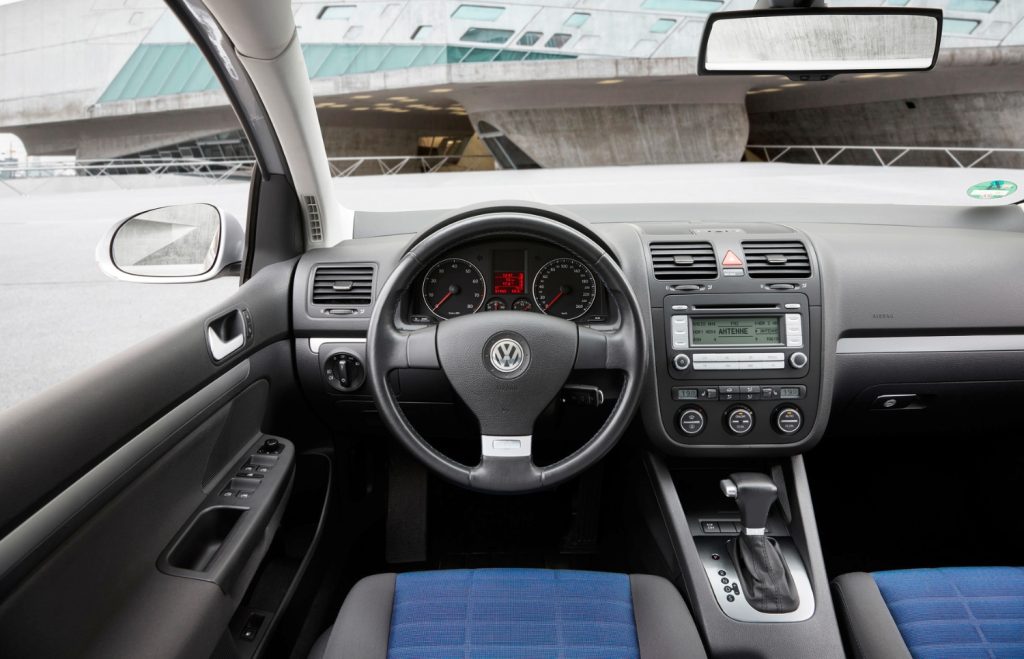
With its exceptional comfort, the fifth generation of the Golf – launched in 2003 – was far ahead of most competitors in the medium-high segment. The same applies to quality. A value that emphasized the stability of the laser-welded body was the 35% increase in torsional rigidity. For the first time, up to eight airbags were installed for occupant protection. In addition, the Golf V, which resulted in 3.4 million units by 2008, impressed with a new independent rear suspension architecture, bi-xenon headlights, and the first 7-speed DSG automatic transmission.
Golf VI – High technology in the compact segment
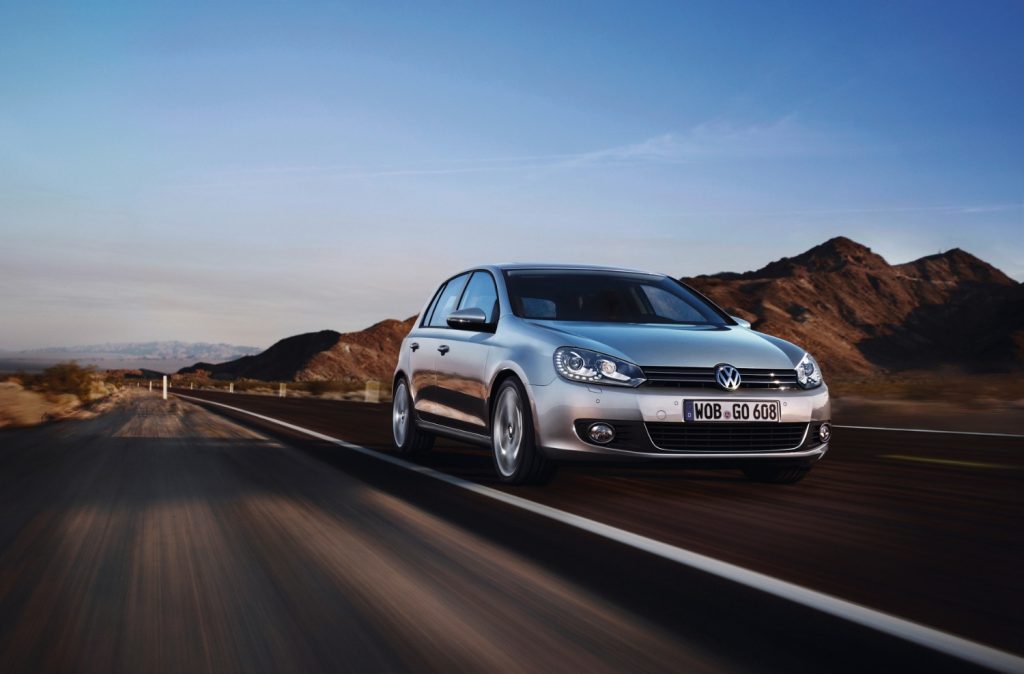
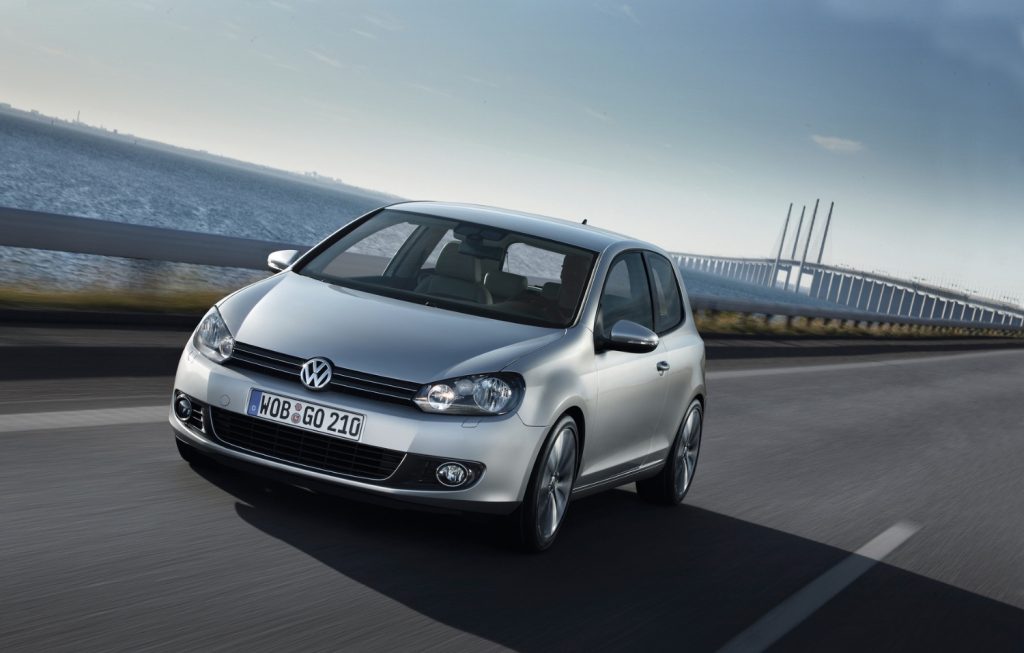
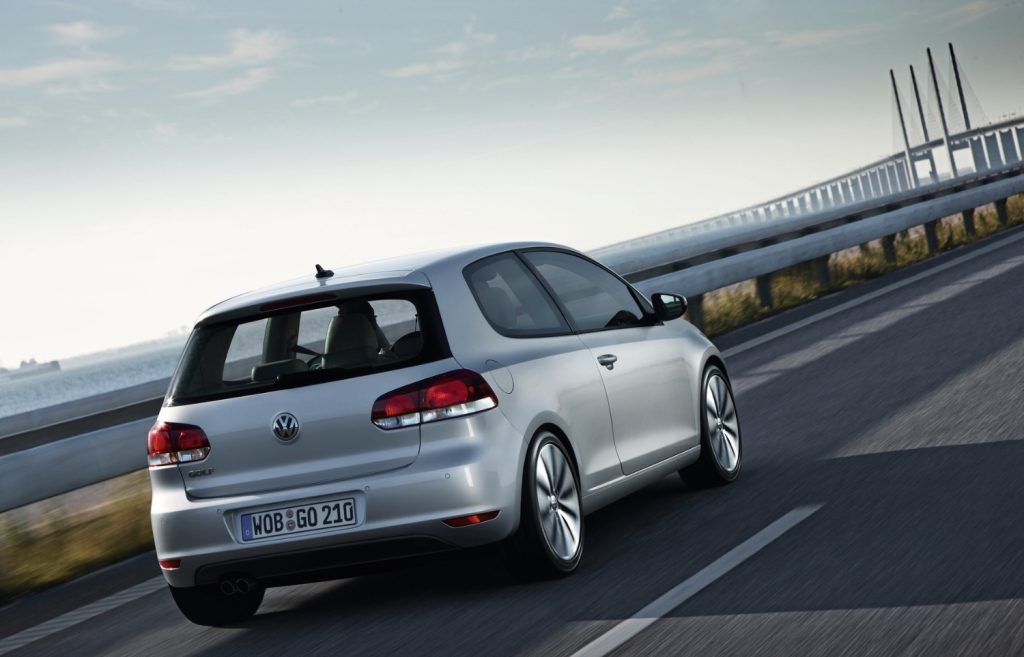

Until the end of July 2012, in just four years, over 3.6 million sixth-generation Golf models were produced, launched in 2008. And safety took another big step forward: the bodywork, once again laser welded, was so rigid and solid that it scored the maximum five stars in the EuroNCAP crash test. New technologies such as Light Assist, Park Assist, Hill Start Assist, and adaptive chassis control (DCC) made the “World Car of the Year” in 2009 one of the most advanced compact cars of its time.
Golf VII – Lighter, Less Consumption

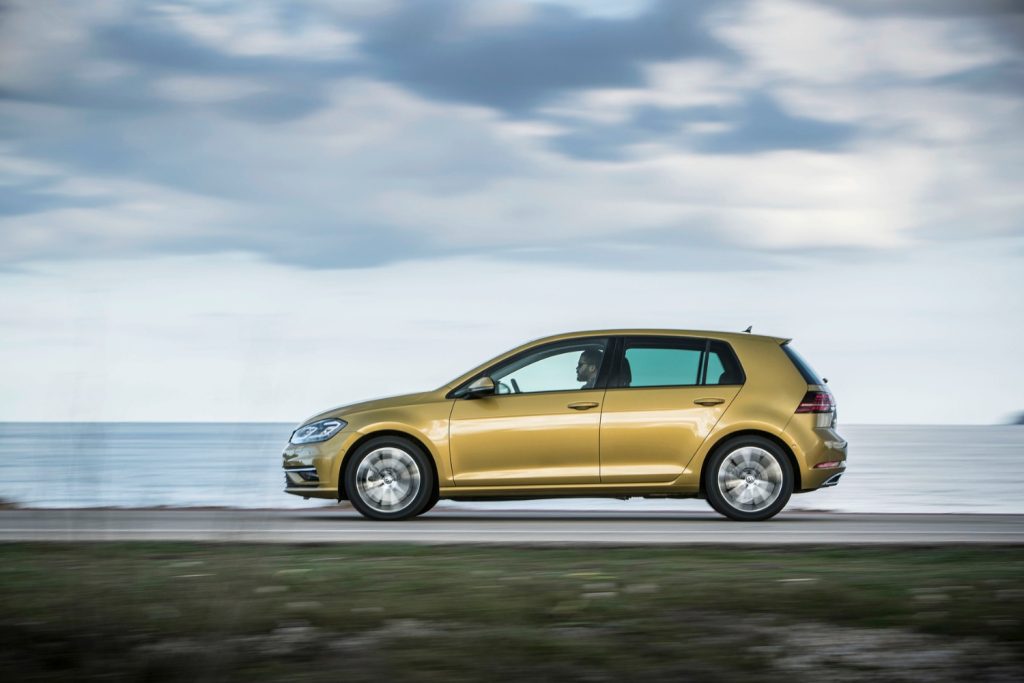
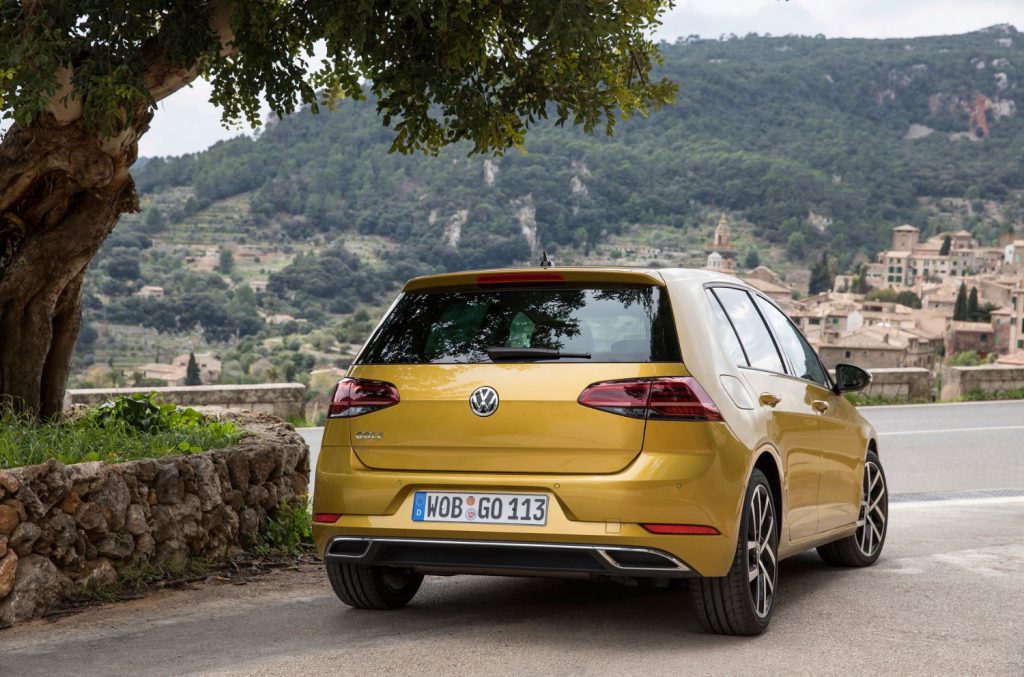
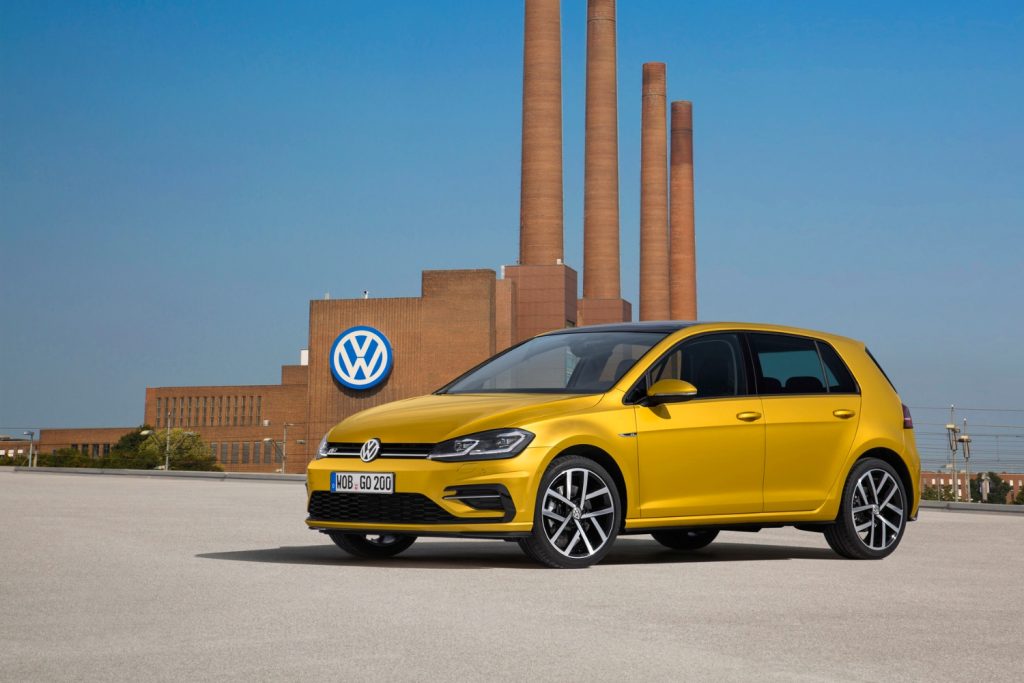
In September 2012, VW celebrated the world premiere of the seventh generation of the Golf. Compared to its predecessor, the weight was reduced by about 100 kg, which means that fuel consumption was also reduced by around 23%. New technologies, such as the post-collision automatic braking system, adaptive cruise control, and Front Assist, including the emergency city braking system, completed the range of driving assistance systems. In 2014, VW began the era of electric mobility with the debut of the e-Golf. In total, between 2012 and 2019, 6.3 million units of the Golf VII were produced.
Golf VIII – The modern and progressive era
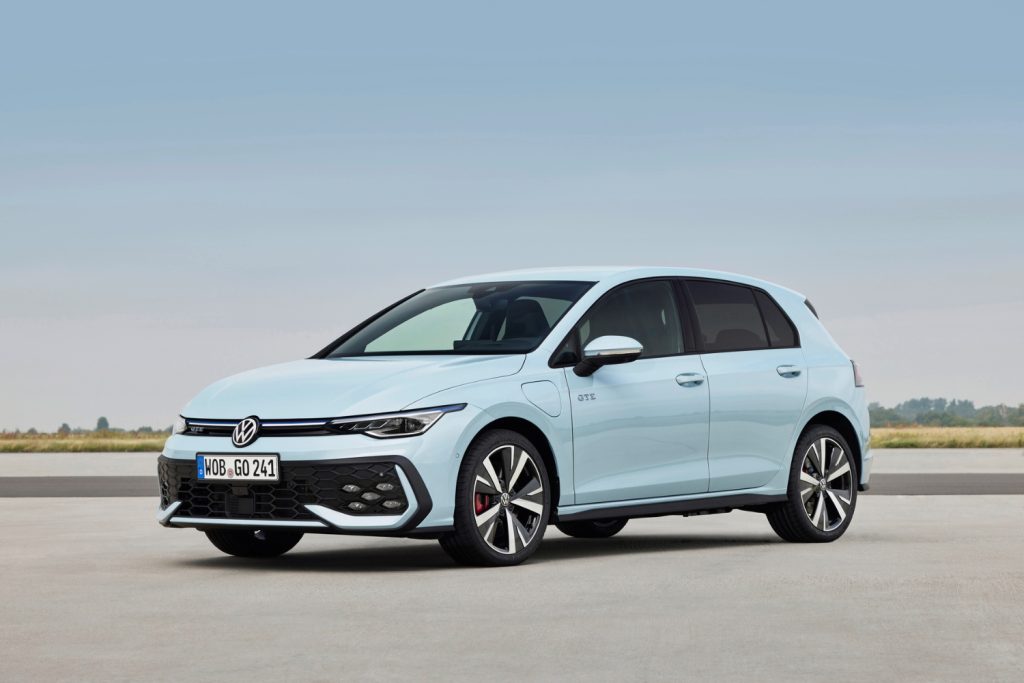
The Golf VIII was presented in October 2019 and the introduction of mild hybrid and plug-in hybrid powertrains electrified the compact segment – it was also one of the first models in the category to allow assisted driving through Travel Assist. Currently, even the base model includes features such as Lane Assist, Front Assist, LED headlights, LED taillights, and automatic air conditioning as standard. In combination with the optional adaptive chassis control DCC, and other dynamic support technologies, the Golf VIII also achieves an unprecedented balance between comfort and dynamics in this segment. To date, over one million units of this generation have been sold.
By 2024, the eighth generation of the Golf will feature a next-generation infotainment system with more intuitive operation, refined front and rear design, as well as more efficient mechanics, including plug-in hybrids with an increased fully electric range of over 100 kilometers. An illuminated Volkswagen logo at the front also makes its debut on the Golf. Additionally, the new Golf, offering voice control and AI-based ChatGPT, once again makes technical innovations accessible to the masses, ensuring the future of the model.







